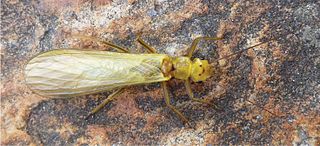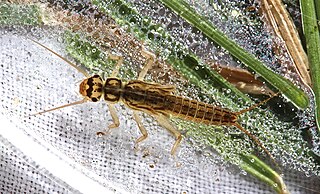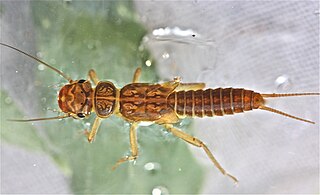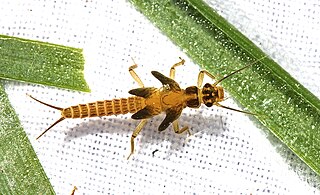
The Pinta Island tortoise, also known as the Pinta giant tortoise, Abingdon Island tortoise, or Abingdon Island giant tortoise, is a species of Galápagos tortoise native to Ecuador's Pinta Island that is most likely extinct.

A species that is extinct in the wild (EW) is one that has been categorized by the International Union for Conservation of Nature as known only by living members kept in captivity or as a naturalized population outside its historic range due to massive habitat loss.

The Sierra Pinta or Sierra Pintas are a narrow remote block faulted northwest-southeast trending mountain range, about 22 miles (35 km) long located in southwestern Arizona in the arid northwestern Sonoran Desert, just north of the Pinacate Reserve of northern Sonora, Mexico. The mountains derive their name from visitor descriptions of its multicolored hues when viewed at sunrise and sunset.

Lonesome George was a male Pinta Island tortoise and the last known individual of the species. In his last years, he was known as the rarest creature in the world. George serves as an important symbol for conservation efforts in the Galápagos Islands and throughout the world.
Macrorrhinia pinta is a species of snout moth in the genus Macrorrhinia. It was described by Bernard Landry and Herbert H. Neunzig in 1998 and is known from Pinta Island, of the Galápagos Islands in Ecuador.

Isoperla claudiae is an aquatic species of perlodid stonefly endemic to the Southern Limestone Alps.

Isoperla montana is a species in the subfamily Isoperlinae, in the order Plecoptera ("stoneflies"). The species is known generally as the "montane stripetail". It is found in North America.
Isoperla marlynia, known generally as the "midwestern stripetail", is a species of green-winged stoneflies in the family Perlodidae. It is found in North America, native to the United States and Canada.
Isoperla marmorata, the red stripetail, is a species of green-winged stonefly in the family Perlodidae. It is found in North America.
Isoperla bilineata, the two-lined stripetail, is a species of green-winged stonefly in the family Perlodidae. It is found in North America.

Isoperla similis, the black stripetail, is a species of green-winged stonefly in the family Perlodidae. It is found in North America.
Isoperla richardsoni, the sterling stripetail, is a species of green-winged stonefly in the family Perlodidae. It is found in North America.

Isoperla namata, the Ozark stripetail, is a species of green-winged stonefly in the family Perlodidae. It is found in North America.
Isoperla transmarina, the boreal stripetail, is a species of green-winged stonefly in the family Perlodidae. It is found in North America.

Isoperla davisi, the alabama stripetail, is a species of green-winged stonefly in the family Perlodidae. It is found in North America.
Isoperla signata, the transverse stripetail, is a species of green-winged stonefly in the family Perlodidae. It is found in North America.

Isoperla dicala, the sable stripetail, is a species of green-winged stonefly in the family Perlodidae. It is found in North America.

Isoperla holochlora, the pale stripetail, is a species of green-winged stonefly in the family Perlodidae. It is found in North America.
Isoperla orata, the colorless stripetail, is a species of green-winged stonefly in the family Perlodidae. It is found in North America.
Isoperla lata, the dark stripetail, is a species of green-winged stonefly in the family Perlodidae. It is found in North America.









